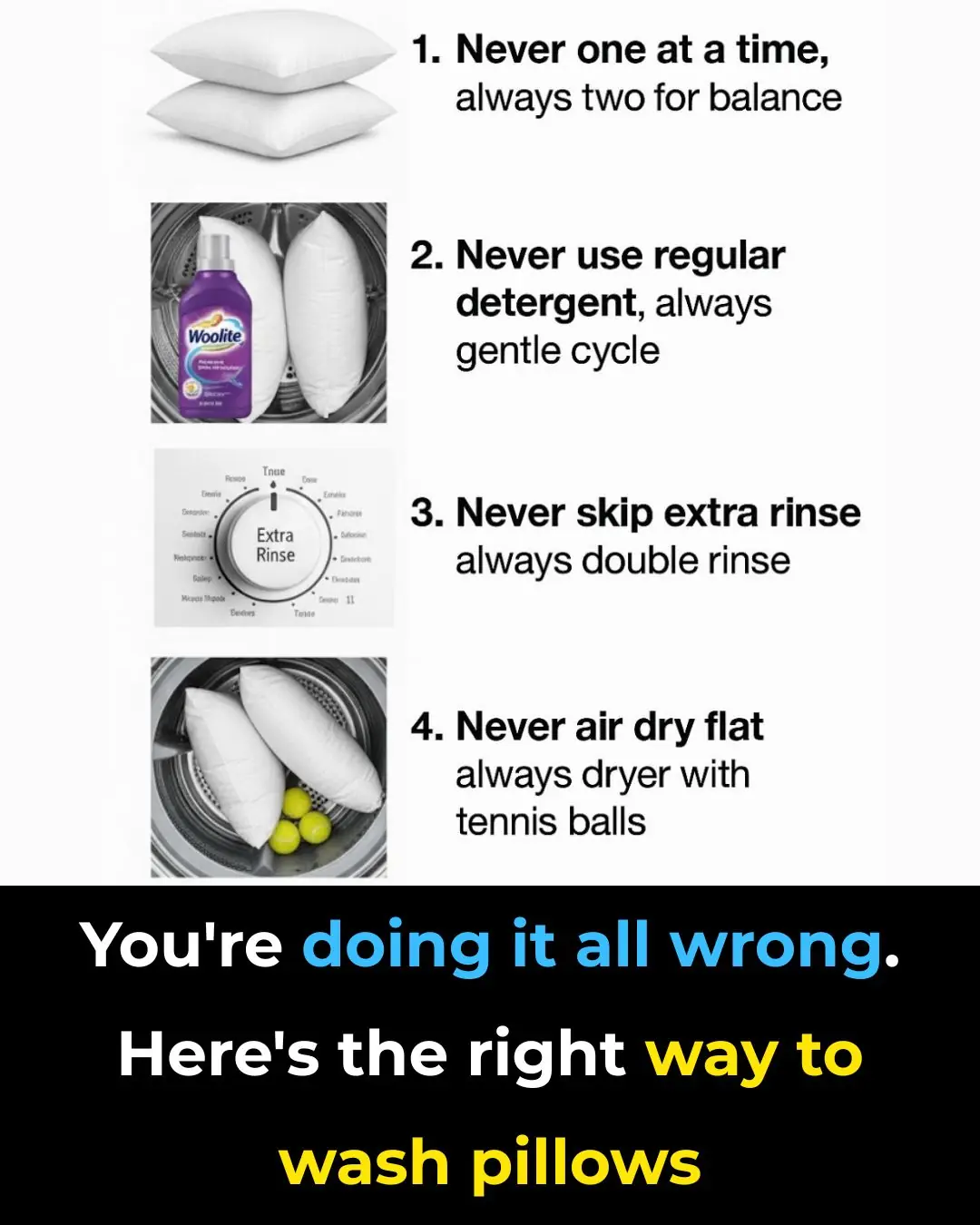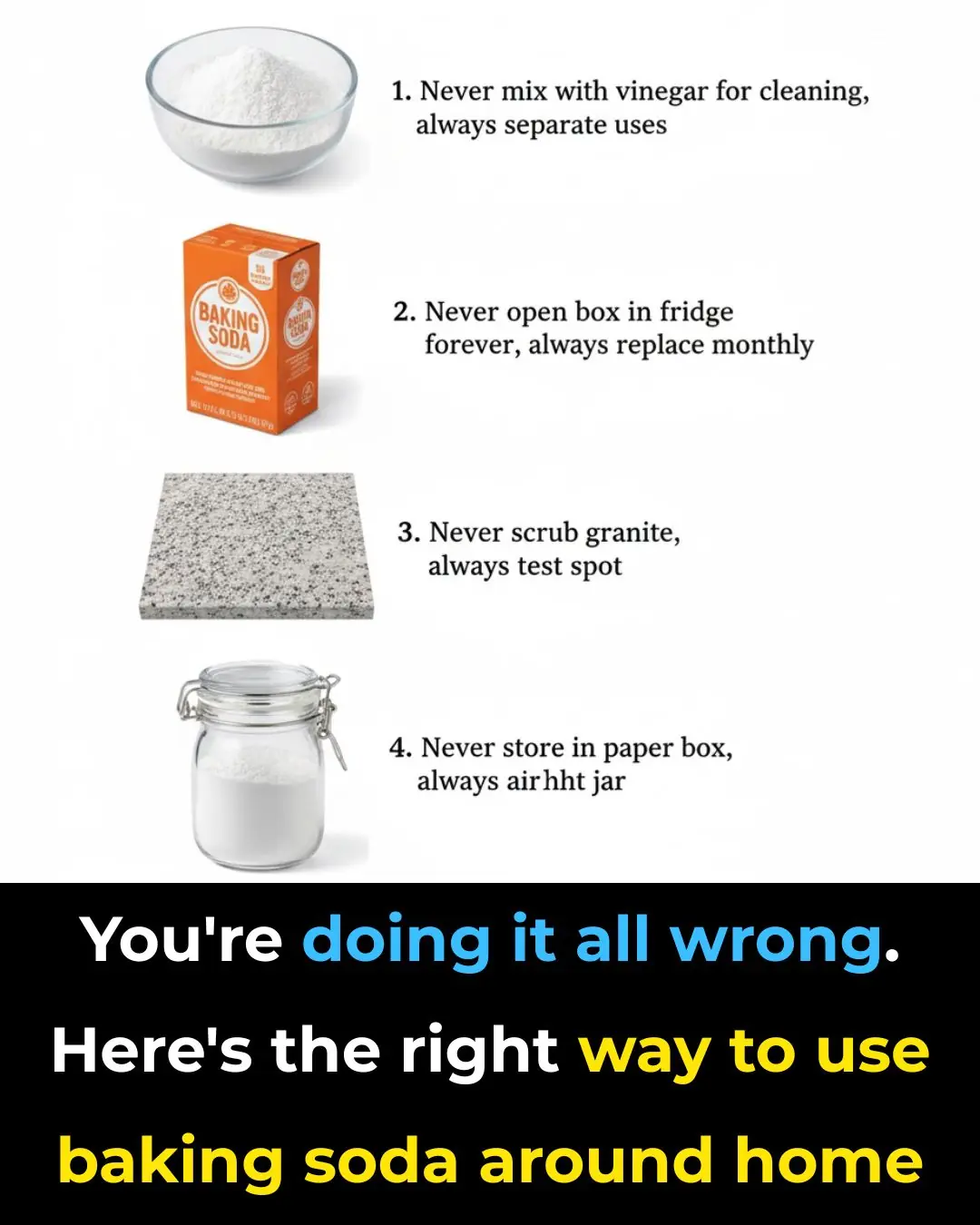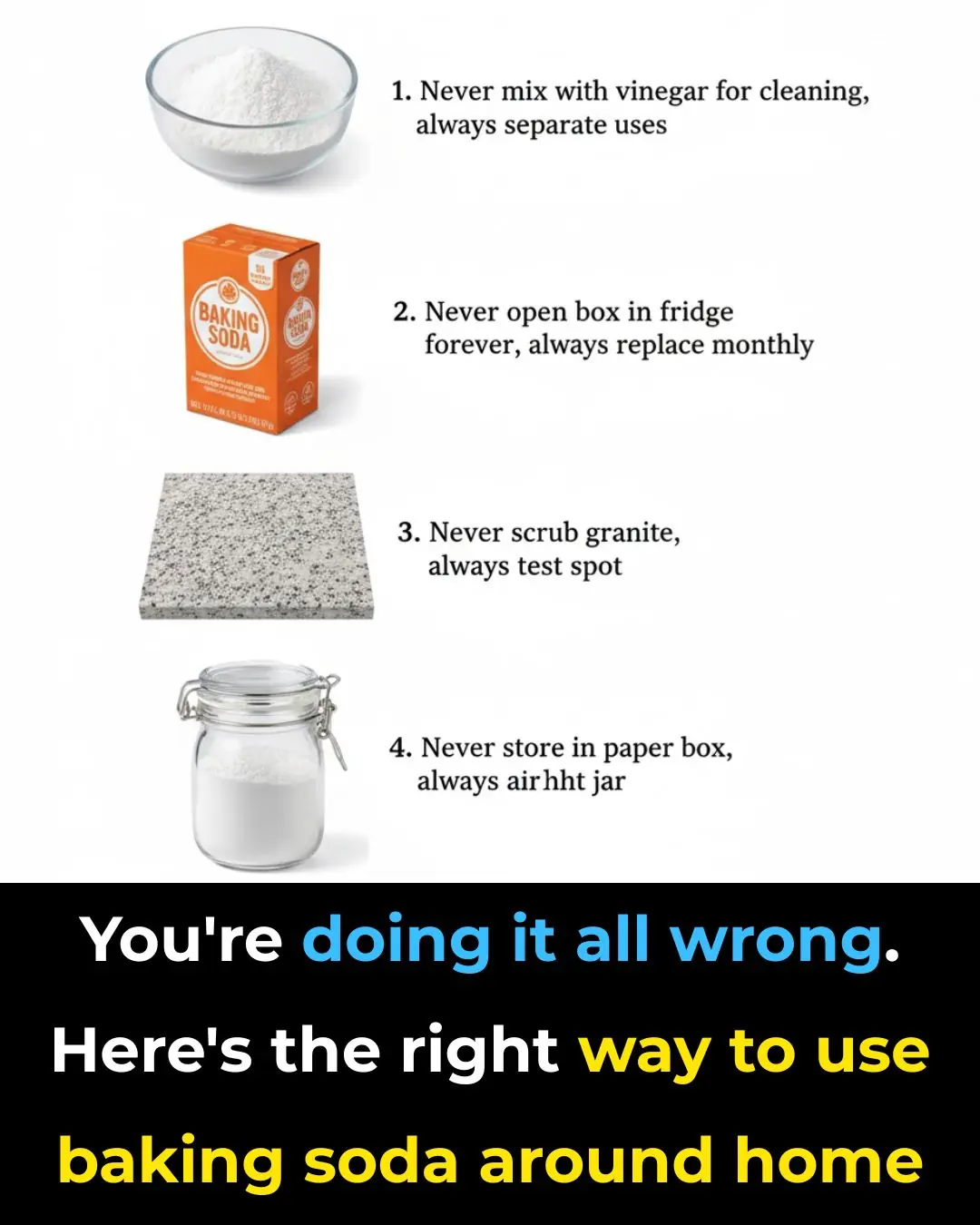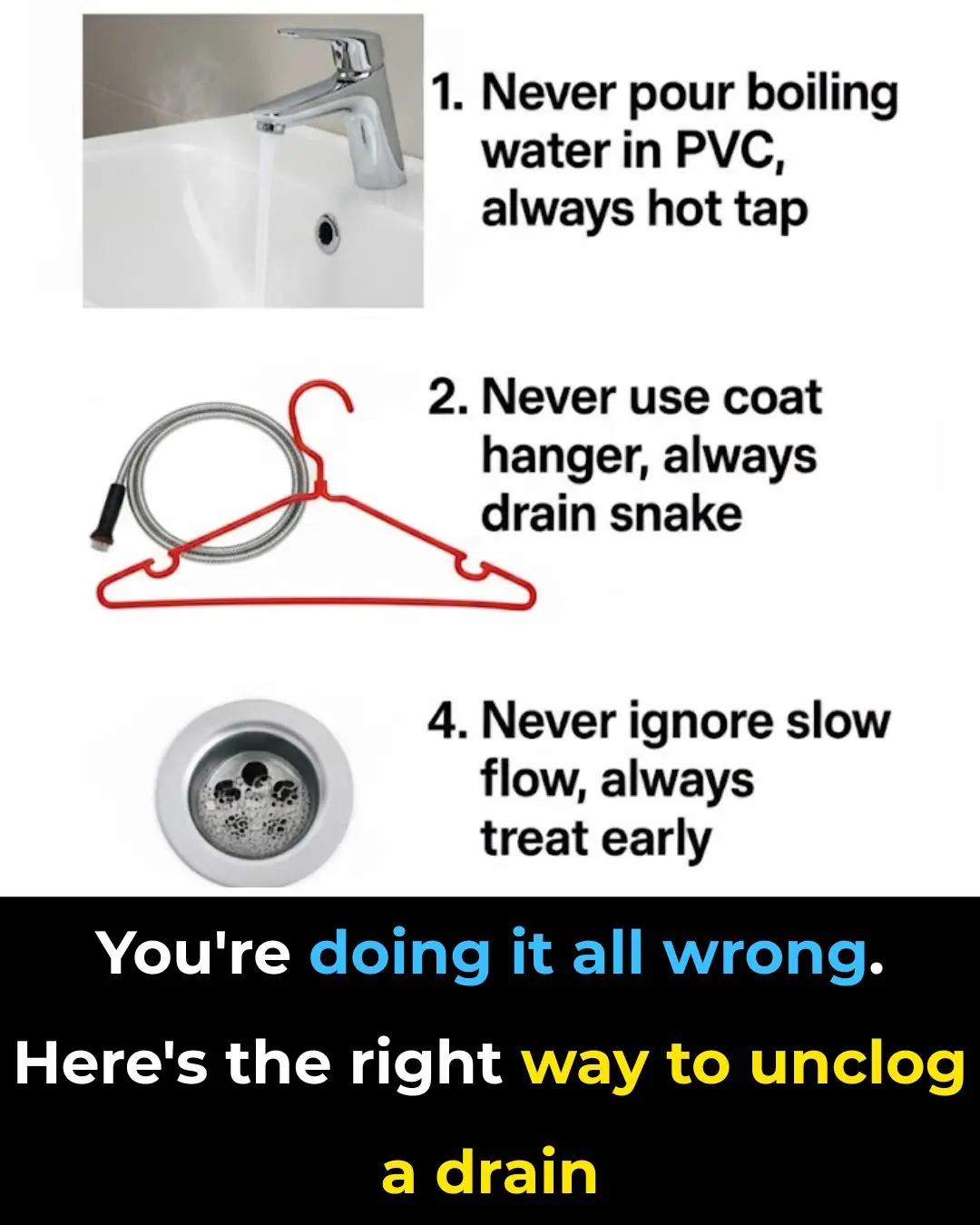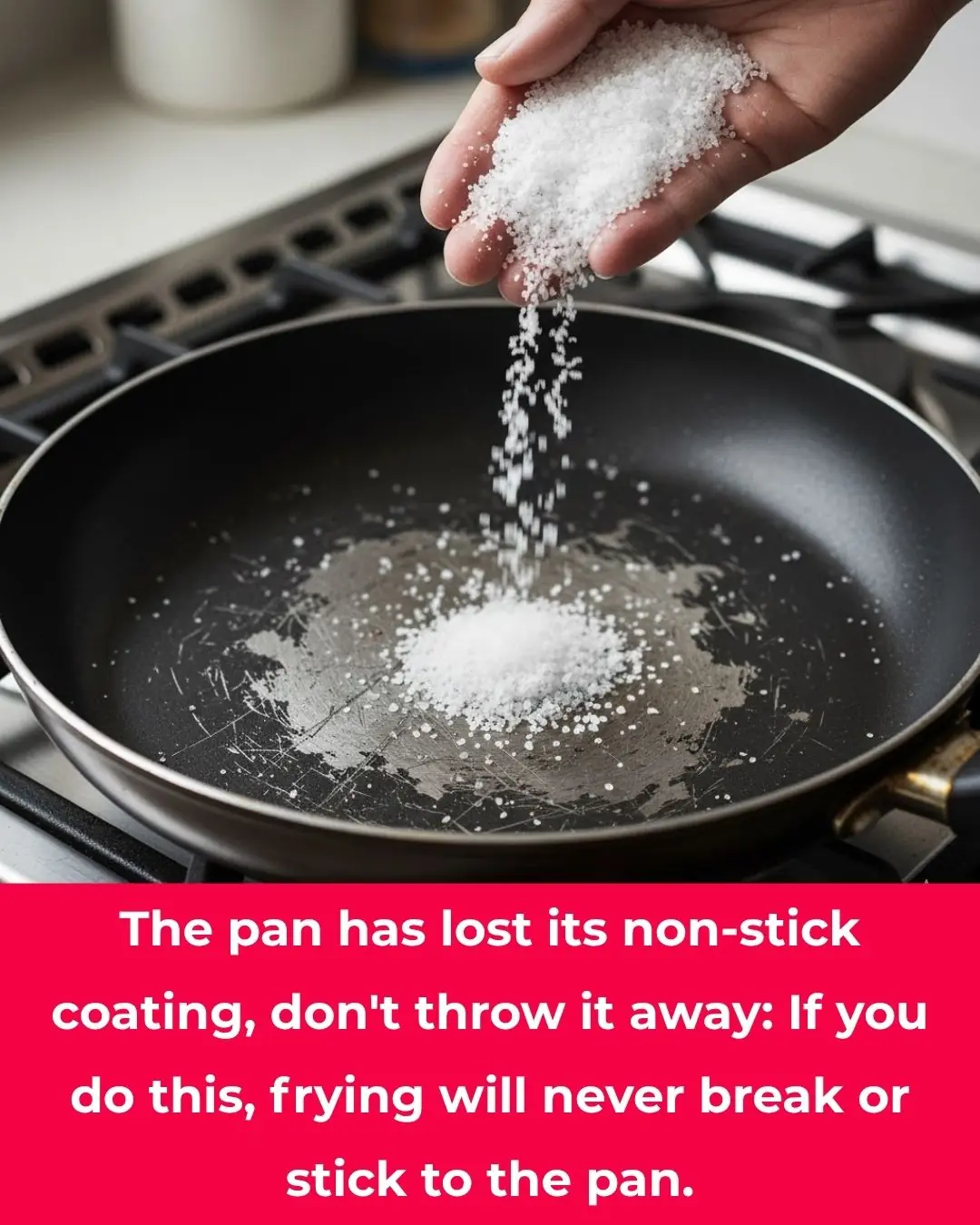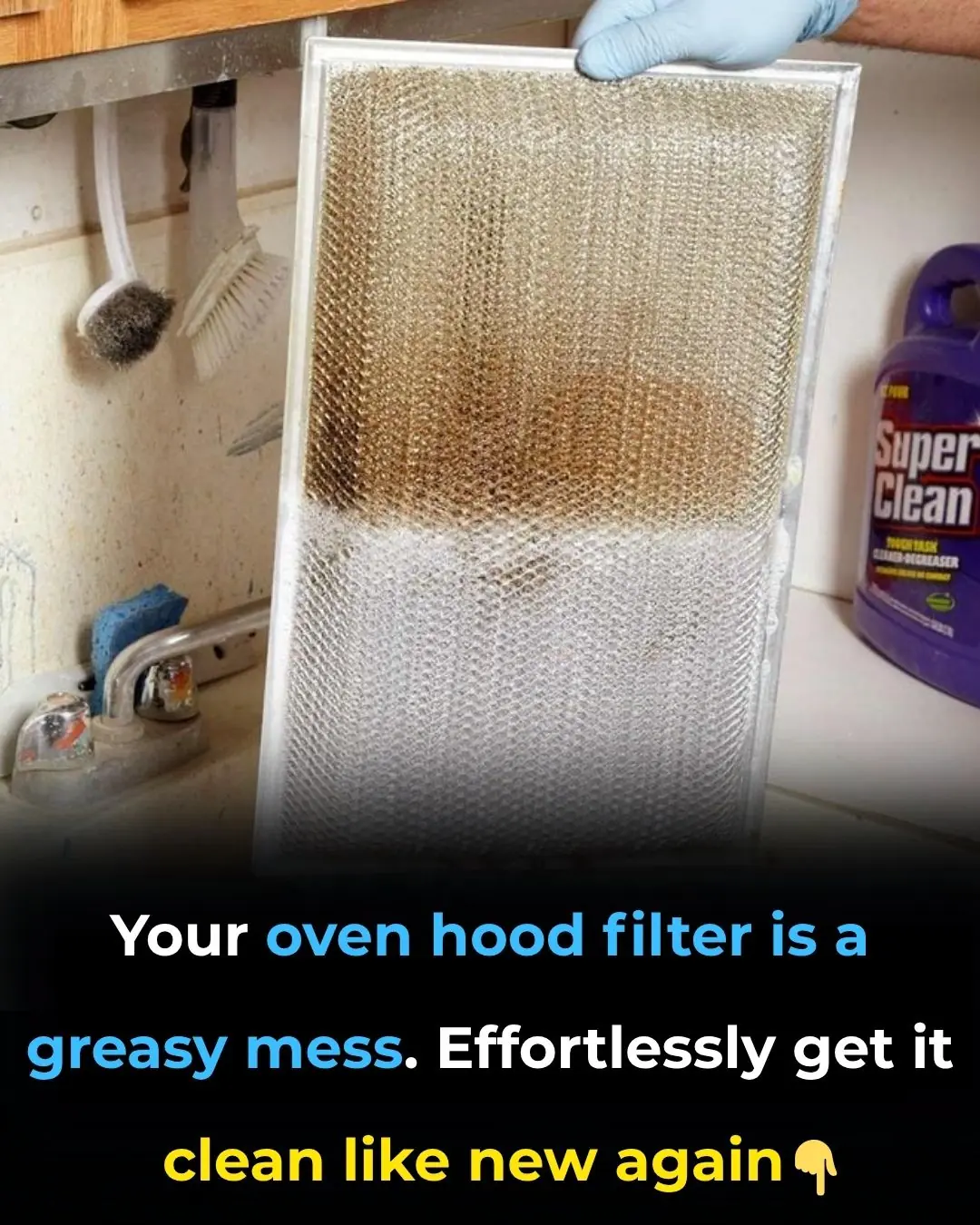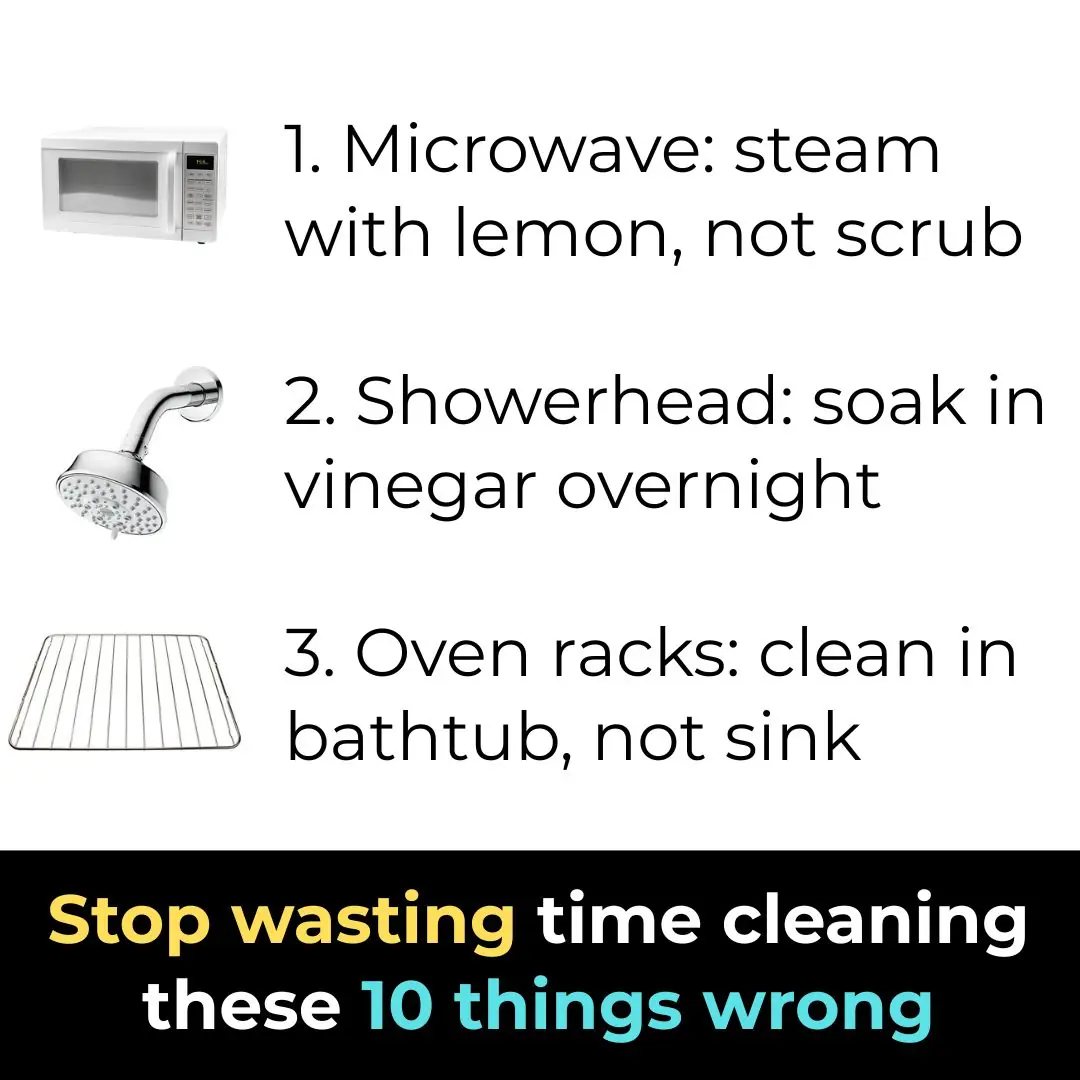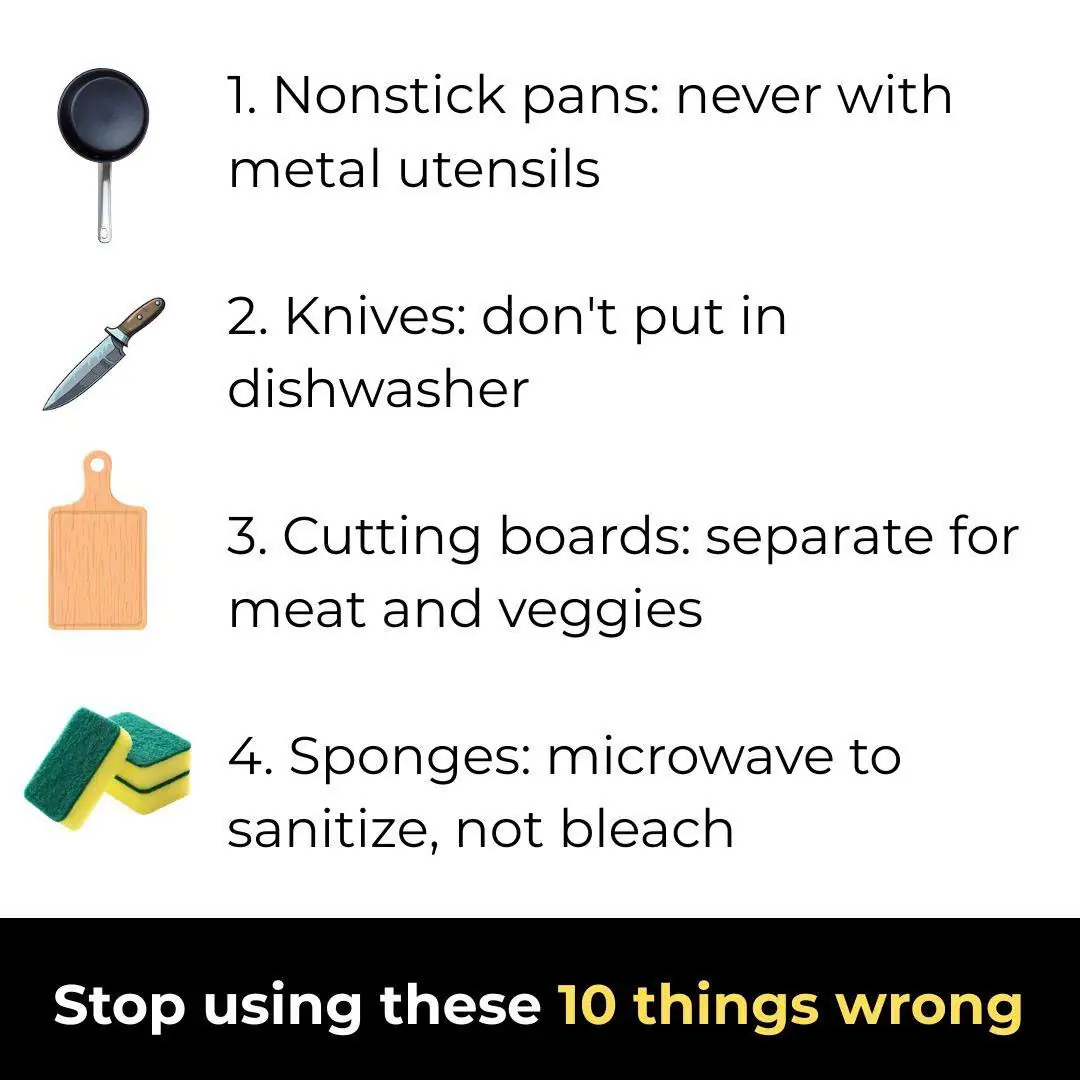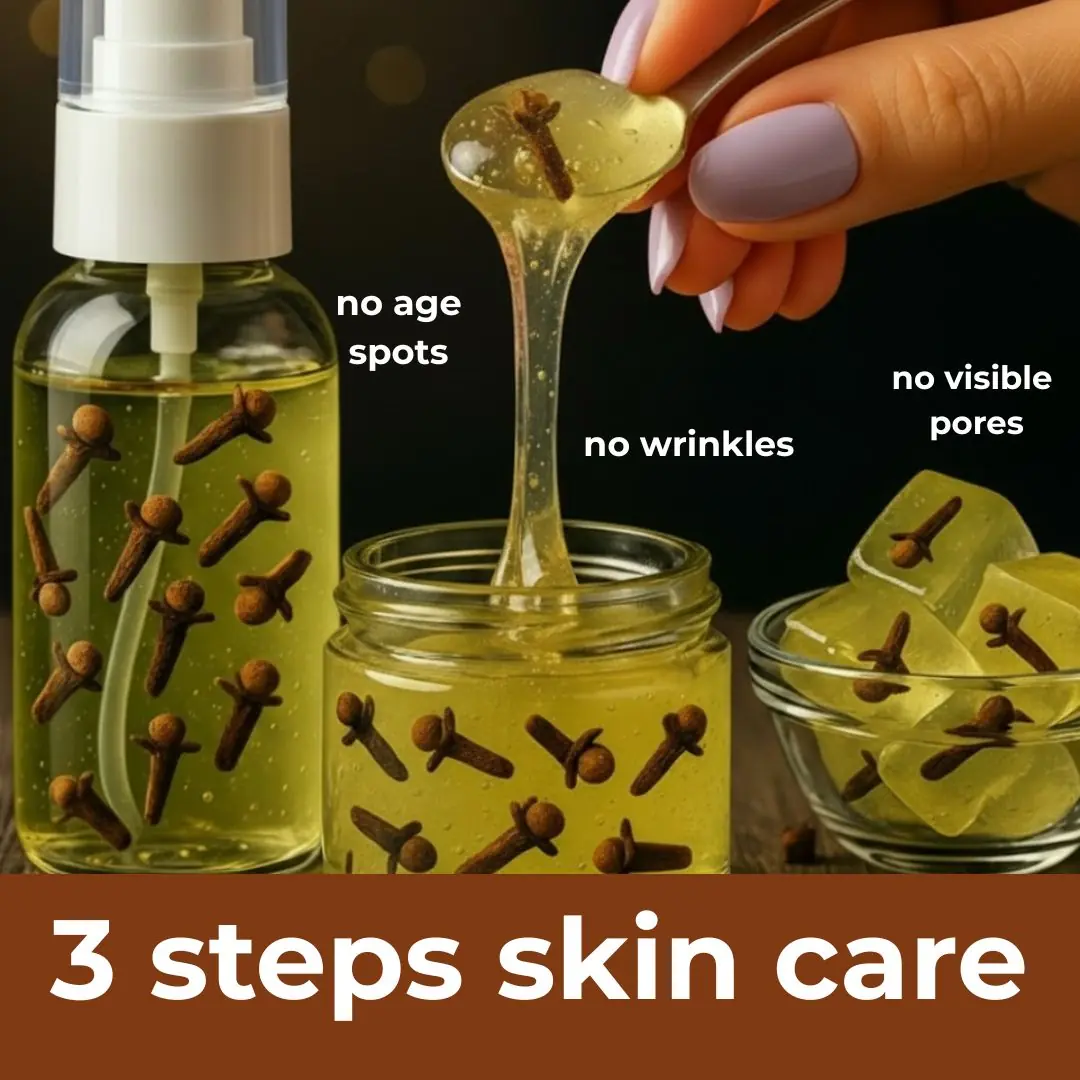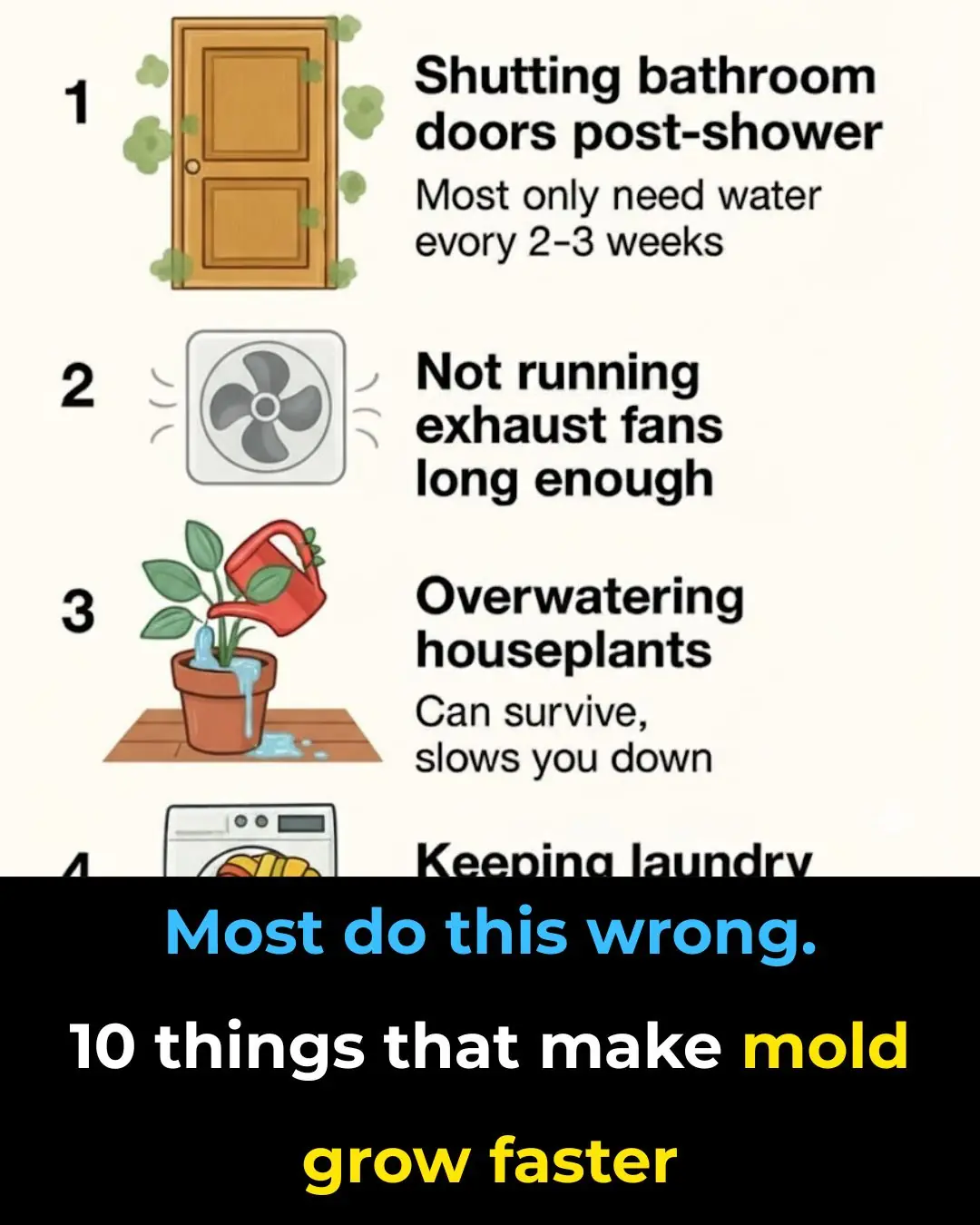
Mold is a common household nuisance that can pose significant health risks if left unchecked. It thrives in damp, warm environments, and once it starts growing, it can spread rapidly. Many people unknowingly create conditions that are perfect for mold growth, often due to simple habits or oversights in home maintenance. Understanding these factors can help prevent mold from taking hold in your home.
In this article, we will explore ten common practices that can inadvertently encourage mold growth. By identifying and addressing these issues, you can protect your home and health from the adverse effects of mold. From bathroom habits to storage mistakes, these insights will help you maintain a mold-free environment.
1. Shutting Bathroom Doors Post-Shower
After a hot shower, the bathroom is filled with steam and moisture. Shutting the door traps this humidity, creating a perfect breeding ground for mold. Mold spores thrive in environments with humidity levels above 60%. By keeping the door open, you allow the moisture to disperse, reducing the humidity level and the chance of mold growth.
To further prevent mold, consider using a squeegee to remove excess water from shower walls and floors. This simple step can significantly reduce the amount of moisture available for mold to grow.
2. Not Running Exhaust Fans Long Enough
Exhaust fans are designed to remove moisture from the air, but many people turn them off too soon. It's recommended to run the exhaust fan for at least 20 to 30 minutes after a shower to ensure that all excess moisture is removed. This helps maintain a humidity level below 50%, which is less conducive to mold growth.
Regular maintenance of exhaust fans is also crucial. Ensure that they are clean and functioning properly to maximize their efficiency in removing moisture.
3. Overwatering Houseplants
Houseplants can contribute to indoor humidity levels, especially when overwatered. The excess water in the soil can evaporate, increasing the moisture in the air and creating a favorable environment for mold. It's important to water plants only as needed, allowing the soil to dry out between waterings.
Consider using a moisture meter to check the soil's moisture level before watering. This tool can help prevent overwatering and reduce the risk of mold growth in your home.
4. Keeping Laundry in Machines Too Long
Leaving wet laundry in the washing machine for extended periods can lead to mold growth both in the machine and on the clothes. Mold can start to develop in as little as 24 to 48 hours in damp conditions. To prevent this, transfer laundry to the dryer or hang it to dry immediately after washing.
Additionally, regularly clean your washing machine, especially the rubber seals, to prevent mold buildup. Running an empty cycle with hot water and vinegar can help keep the machine mold-free.
5. Ignoring Leaky Pipes and Faucets
Leaky pipes and faucets are a common source of moisture that can lead to mold growth. Even small leaks can create a damp environment that supports mold. Regularly inspect your plumbing for leaks and address them promptly. A single drop per second from a leaky faucet can waste over 3,000 gallons of water per year, contributing to moisture problems.
In addition to fixing leaks, consider installing water alarms in areas prone to leaks, such as under sinks and near water heaters. These devices can alert you to moisture issues before they become severe.
6. Poor Ventilation in Basements and Attics
Basements and attics are often poorly ventilated, making them prime locations for mold growth. Without proper airflow, moisture can accumulate, especially in humid climates. Installing vents or fans can help improve air circulation and reduce humidity levels.
Consider using a dehumidifier in these areas to maintain a humidity level below 50%. Regularly check for signs of mold, such as musty odors or discoloration on walls and ceilings, and address any issues promptly.
7. Using Carpets in Damp Areas
Carpets in damp areas like basements or bathrooms can trap moisture and provide a perfect environment for mold. If carpets get wet, they should be dried immediately to prevent mold growth. In areas prone to moisture, consider using alternative flooring materials like tile or vinyl, which are less susceptible to mold.
If you must use carpets, choose those with moisture-resistant backing and regularly clean them to prevent mold spores from settling.
8. Storing Items in Damp Basements
Basements are often used for storage, but if they are damp, stored items can become moldy. Cardboard boxes and fabric items are particularly susceptible to mold. Use plastic bins with tight-fitting lids to protect items from moisture.
Regularly inspect stored items for signs of mold and consider using desiccants or moisture absorbers to help control humidity levels in storage areas.
9. Not Cleaning Refrigerator Drip Pans
Refrigerator drip pans collect condensation and can become breeding grounds for mold if not cleaned regularly. Mold can develop in these pans and spread to other areas of the kitchen. Check and clean the drip pan every few months, ensuring it is dry and free of mold.
In addition to cleaning the drip pan, regularly check the refrigerator seals and interior for any signs of mold and clean them as needed.
10. Leaving Spills and Stains Untreated
Spills and stains on carpets, upholstery, or other surfaces can lead to mold growth if not cleaned promptly. Mold can start growing within 24 to 48 hours on damp surfaces. Clean spills immediately and thoroughly dry the area to prevent mold from taking hold.
For stubborn stains, consider using a carpet cleaner or professional cleaning service to ensure all moisture is removed.
11. Storing Firewood Indoors
Firewood can introduce moisture and mold spores into your home if stored indoors. As the wood dries, it releases moisture into the air, increasing humidity levels. Store firewood outside, away from the house, and only bring in small amounts as needed.
Ensure that the wood is properly seasoned and dry before bringing it indoors to minimize the risk of mold growth.



